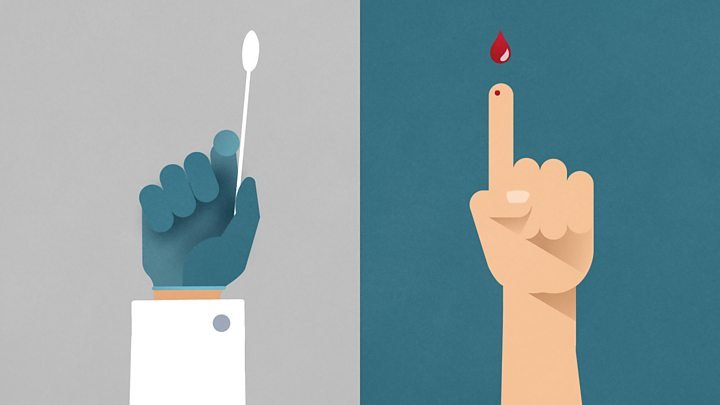The New Coronavirus 90 Minute Test

UK: New 90-minute tests that can detect coronavirus and flu will be rolled out in hospitals and care homes from next week.
The "on-the-spot" swab and DNA tests will help distinguish between Covid-19 and other seasonal illnesses, the government said.
The health secretary said this would be "hugely beneficial" over the winter. Currently, a third of tests take longer than 24 hours to process.
The announcement comes as the government pushed back a July target to regularly test all care home staff and residents- a key move to identify so-called silent spreaders, those who are infected but do not show symptoms.
This is unlikely to be achieved until September because the number of testing kits had become more limited.
The government said almost half a million of the new rapid swab tests, called LamPORE, will be available from next week in adult care settings and laboratories, with millions more due to be rolled out later in the year.
Additionally, thousands of DNA test machines, which have already been used in eight London hospitals and can analyse nose swabs, will be rolled out across NHS hospitals from September.
Around 5,000 machines will provide 5.8 million tests in the coming months, the Department for Health said.
There is currently no publicly available data on the accuracy of the new tests.
Sir John Bell, Regius Professor of Medicine at Oxford University, who has been advising the government on tests, said they produced the same "sensitivity" as the current lab-based tests.
The breakthrough on testing is important for a number of reasons - not just because one has the ability to test for flu and other viruses too.
Firstly, speed. The fact the tests do not have to be sent off to a lab means the processing times are much quicker.
In hospital, most tests- 9 in 10 are currently turned around in 24 hours.
But those done in the community via regional drive-thru centres, using postal kits and mobile units, tend to take longer because they have to be sent away to labs for processing.
Results are only returned in 24 hours in half of cases. The two tests will also help to increase capacity.
Currently around 300,000 tests a day can be processed, but the aim is to get to 500,000.















































